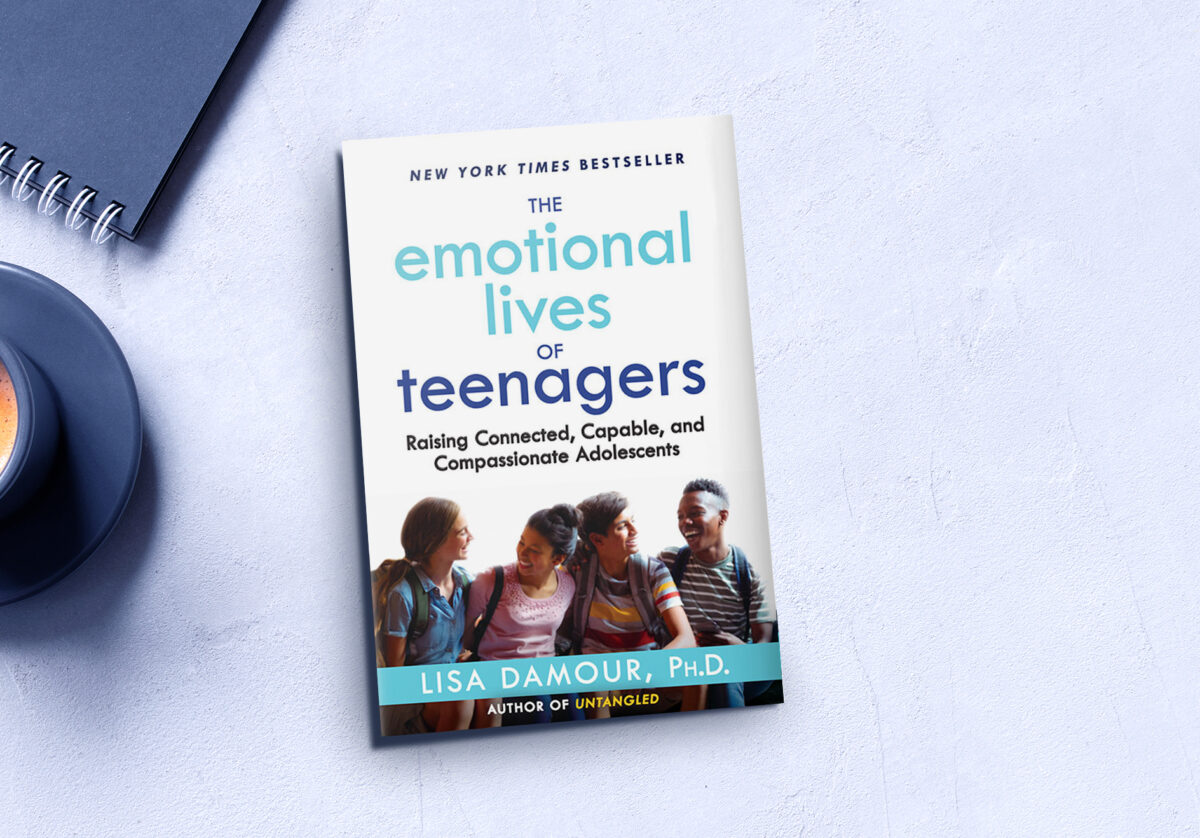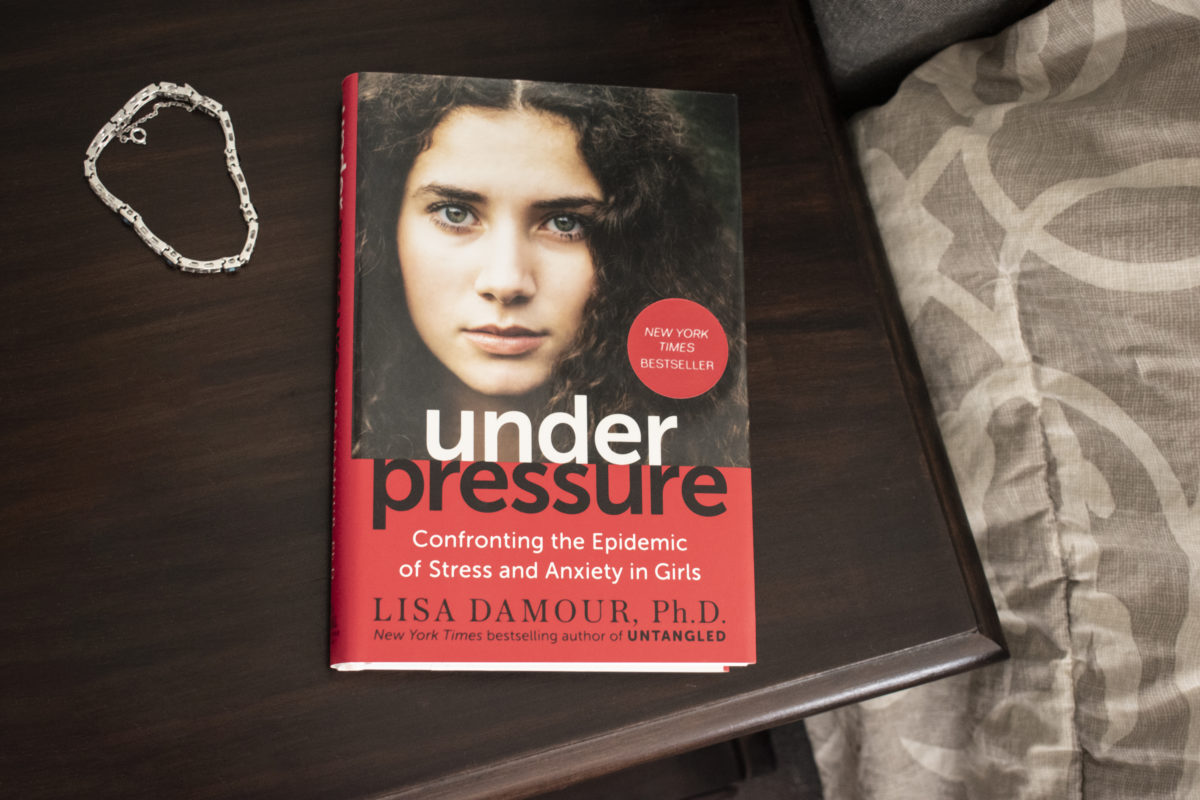
Taken from
Untangled, Guiding teenage girls through the seven transitions into adulthood
pages 131-134
Parents of teenagers must live with a painful truth: teenagers can and do engage in dangerous behavior—behavior that goes way beyond wearing questionable lipstick or a banned T-shirt. You’re not alone if you’ve lost sleep worrying that your daughter might get hurt if she and her friends decide to try out some of the careless things that teenagers sometimes do. More than a few parents secretly wish that they could lock their daughter away until she’s an adult or follow her around all weekend as her personal (and profoundly unwelcome) bodyguard.
Our fears about teen safety aren’t crazy. Statistically, people take more risks as teenagers than they do at any other time of life. Reckless driving, drug use, and unprotected sex all peak during adolescence. Yet contrary to popular belief, research doesn’t support the myths that teenagers push limits because they are highly irrational, think they’re invulnerable, or can’t calculate risks. Rather, when something bad happens to a teenager, it’s usually because her capacity for wise decision making has been swept away by powerful contextual factors. Remember the video game study in chapter 2 that showed that young drivers throw caution to the wind when their friends are nearby? That’s what we’re talking about here. A teenager’s wish to connect with her friends and be seen as cool in their eyes can readily trump her better judgment.
But even under the sway of social influence, teenagers don’t disregard the issue of rules completely. In my experience they still think about it, but in the wrong way. Instead of reflecting on why we have rules, teens focus on trying not to get caught while breaking them. I’ve got Sasha, a fun-loving high school junior, to thank for this insight.
On a Thursday afternoon Sasha, whose parents initially sought my help because she was routinely cutting class, brought herself to our regular appointment at my practice. Excited to share her plans for the weekend, she dropped her book bag on the floor of my office, plunked down on my couch, and happily began.
“So, listen to this! There’s a guy at school who I sorta know who asked me to a sleepover on his parents’ houseboat this weekend. From how he asked, I can’t tell if anyone else will be there. He said that he knows where his folks keep the keys to the boat, so we won’t have any problem getting in. My mom would never be okay with this, so I’m gonna tell her that I’m sleeping over at Julia’s.” Julia was Sasha’s best friend and sometimes accomplice. As I listened to Sasha’s plans, my heart rate skyrocketed and my mind left its psychologist mode and switched fully to “I’m a mother too!” mode. All I could think was, “Forget your confidentiality, kiddo, I am so calling your mom.”
I should note here that many excellent therapists refuse to work with teenagers because they don’t want to deal with the challenges that come up when teens talk about risky behavior in therapy. As clinicians, it’s our job to protect our clients’ confidentiality. But it’s also our job to keep teenagers safe, so we must break confidentiality if we think a teenager might do something truly dangerous. A lot of what teens talk about in therapy falls into a tricky gray area that requires us to make a judgment call about whether we should alert parents to potentially harmful behavior, even if that means damaging our relationship with a teenage client.
In telling me this story, Sasha was clearly counting on my confidentiality. She must have sensed my discomfort about what I was hearing because next she said, “This should totally work because I have thought it all through. Yep . . . thought it all through.” From there, Sasha described the elaborate scheme she and Julia had crafted to keep her mom from figuring out where she really was. Listening, I realized that by “thinking it all through,” Sasha meant that she’d given a lot of thought to figuring out how to make sure she wouldn’t get caught. I collected myself and got back into psychologist mode.
Assuming that every teenager has a wise, mature side (even if she does a great job of hiding it), I spoke to that part of Sasha and said, “Look, you and I both know that getting caught by your mother is the least dangerous thing that could happen to you this weekend.” Thankfully, Sasha’s mature side suddenly showed up and spared me an awkward (and borderline unethical) phone call to her mother. Once I suggested that there might be some real risks to consider, Sasha named them for us: she didn’t really know this boy, she might be alone with him off some dock on Lake Erie, if something went wrong she’d be on her own, and so on. To my enormous relief, she talked herself into canceling her plans.
When our daughters assess risk, we want them to assess the right risks. We want them to focus not on escaping adult detection but on the real dangers they might face. How do you make this happen? To begin, think carefully about your response when your daughter tells you about her peers’ risky behavior. As frightening as these tales can be, consider each and every one of them a gift. News of what so-and-so did gives you an open invitation to have critical conversations with your teenager—the kind of conversations that would come off as unwelcome lectures if broached directly.
If she mentions a friend who texts while driving, resist your impulse to say something such as, “That’s horrible—if I were her parent I’d ground her indefinitely!” and use the opportunity to comment on the actual perils of what you’re hearing. Consider, “Yikes! Can you help her stop doing that? I’d hate for her hurt or kill herself or someone else.” If she tells you about a classmate who uses her cell phone to lie about her location when calling home to check in, you might say, “I hope she’s also focused on making sure she’s somewhere safe and not just thinking about how to throw her parents off her trail.”…

Untangled Guiding teenage girls through the seven transitions into adulthood
Lisa’s award-winning New York Times best seller–now available in nineteen languages–is a sane, informed, and engaging guide for parents of teenage girls. Now, because of its enduring popularity, Untangled is available in a revised and updated edition that supplements the timeless guidance at the heart of the original with fresh consideration of—and help for—challenges that have emerged recently for teens.
Buy nowMore resources






















